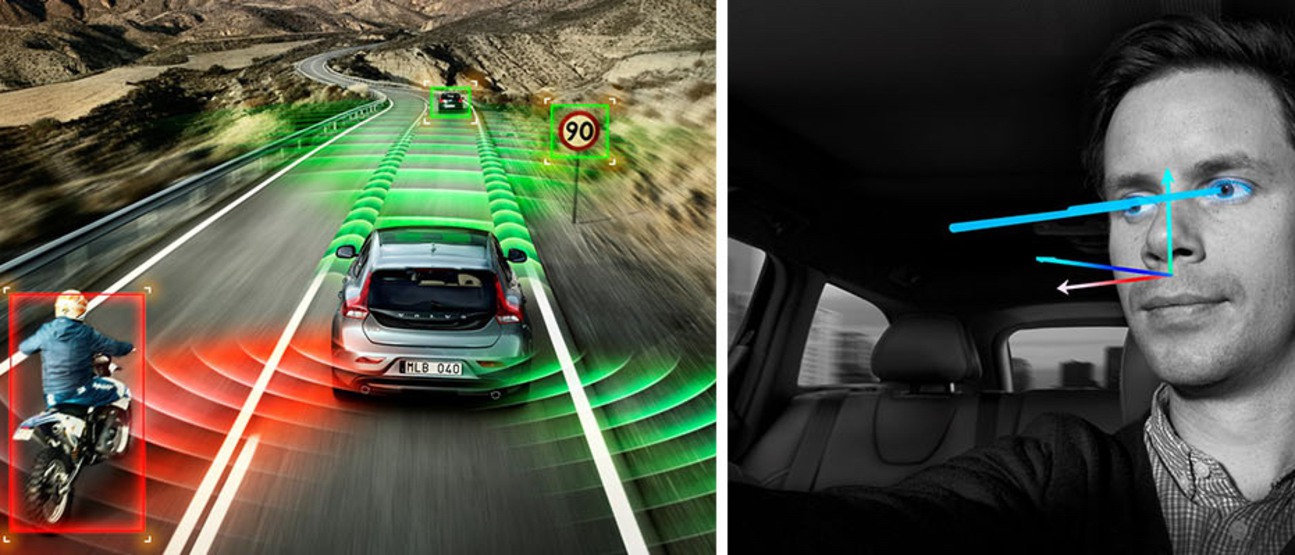Joe Steinhauer
School of Informatics


Intention recognition is the task of inferring an agent´s intention based on its previous actions. It is crucial for human social intelligence which in turn enables understanding of, and for the ability to predict, other humans´ behaviours, such as for example other drivers´ intent to overtake, stop, turn, or switch lanes. For making situation-based decisions, both autonomous and human drivers need to take the intentions of surrounding vehicles into account. This is especially true in a mix of autonomous and human drivers.
Existing algorithms and models for intention recognition need to be improved w ith respect to accuracy, robustness, transparency and scalability, in order to meet the requirements of the Swedish automotive industry and Trafikverket. It is an open research question how to achieve this level of maturity. This lack of knowledge is a bottleneck for the automotive industry prohibiting the creation of novel advanced and intelligent automotive services and products based on social intelligence and intention recognition.
Selection of user cases based on important industrial and societal application areas for IR: drivers, vehicles, and system Improvement of existing algorithms for IR using state-ofthe- art in machine learning, computer vision, multi-agent system, automatic derivation, location and new sensor technology Evaluation of results is done through proof-of-concept implementation, vehicle-based tests, and through publication Knowledge transfer is ensured through an industrial doctoral student, workshops, and publications

